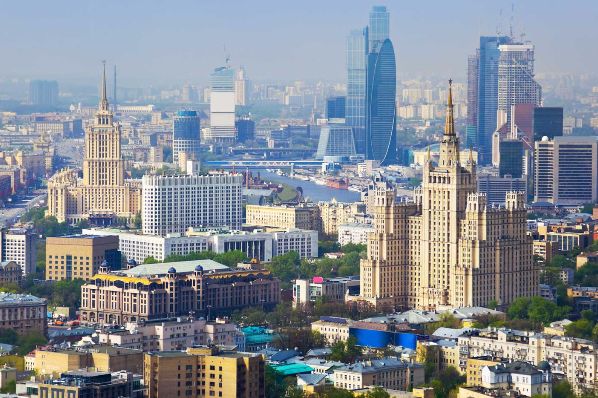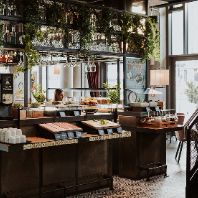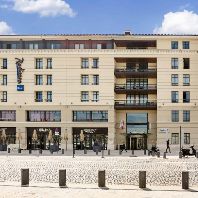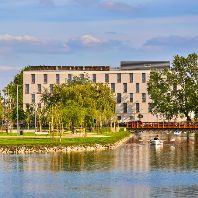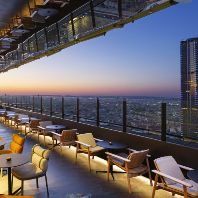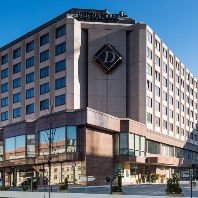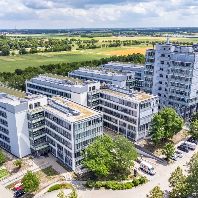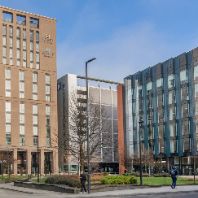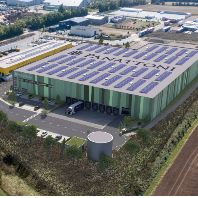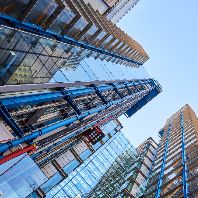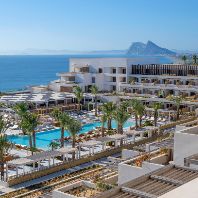JLL presents the H1 2017 results of the quality hotel market in Moscow and the Moscow Region.
According to Tatiana Veller, Head of JLL Hotels & Hospitality Group, Russia & CIS, Moscow’s quality hotels have set a new 5-year record – nearly 70% of the room stock was occupied in the Russian capital in the first 6 months of this year. Notwithstanding the branded supply growth in the period by 1,200 rooms, market average occupancy increased by 2 ppt. At the same time, ADR dropped by 0,5%.
“This price dynamic can be explained by several main reasons: increasing competition, very specific demand type (sports fans, tourist groups) and supply growth which is concentrated in the cheaper market segments, thus putting pressure on the ADR. As a result, RevPAR showed only slight growth (1.4%), but still exceeds the number for the last 5 years – RUB 5,100.” – Tatiana Veller comments.
In June, all segments of quality hotel market in Moscow experienced ADR growth, while the majority of them also displayed record-breaking occupancy. This fact is not surprising: FIFA Confederations Cup coincided with the hot tourist season. Combination of these events helped hotels not only to keep ADR on the relatively high level, but also to gain required demand volume. Most of the foreign demand obviously gravitated to the more expensive hotels, thus supporting their operational performance, while domestic and more price-sensitive inbound demand redirected to more budget-friendly accommodation options. For example, in June the upper midscale segment occupancy skyrocketed to 90%.
“In general, H1 2017 results can be divided into two groups: in the first one RevPAR increased through occupancy growth in the context of stable ADR, while in the second minor losses in RevPAR occurred due to the lack of positive demand dynamics, which encouraged hoteliers’ attempts to at least protect the ADR.” – Tatiana Veller says. – “The first tendency can be observed in the Upscale and Midscale segments: 6% and 7,5% RevPAR growth, to RUB 4,700 and RUB 2,800 respectively, on the back of occupancy rising by 5.4 and 3.4 ppt. At the same time, Upper Upscale and Upper Midscale segments declined in RevPAR by 0.4% and 0.2% in the context of minimal fluctuation in occupancy and ADR compared to 2016.”
“Luxury segment is worth mentioning as an exception from rule above. It is the only one to show negative operational performance dynamics compared to last year: occupancy for H1 dropped by 1,6 ppt, ADR – by 1.2%, bringing RevPAR down by 3.7% - to RUB 11,000. At the same time, luxury hotels still exhibit the highest level of operational indices in last 10 years.” – Tatiana Veller adds.
